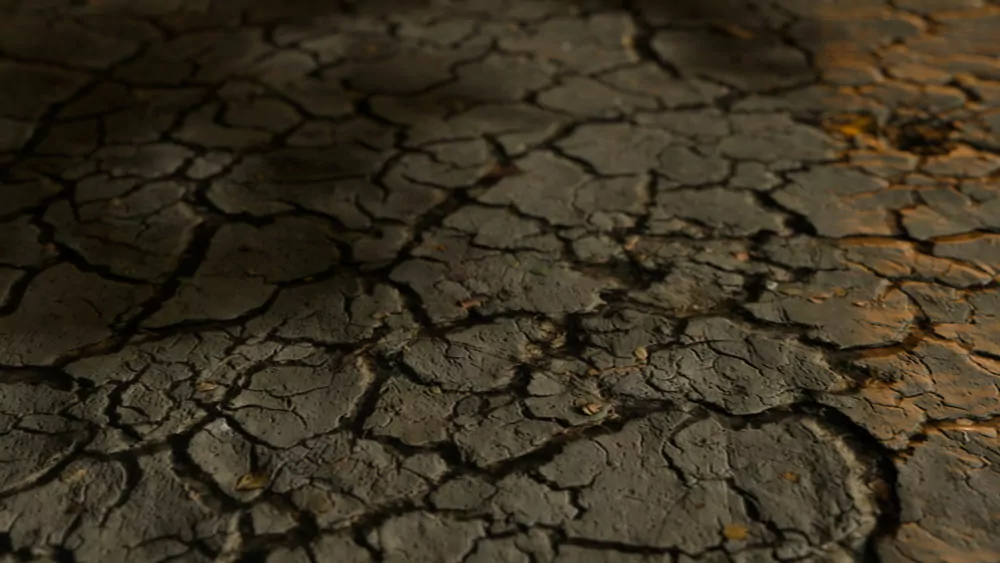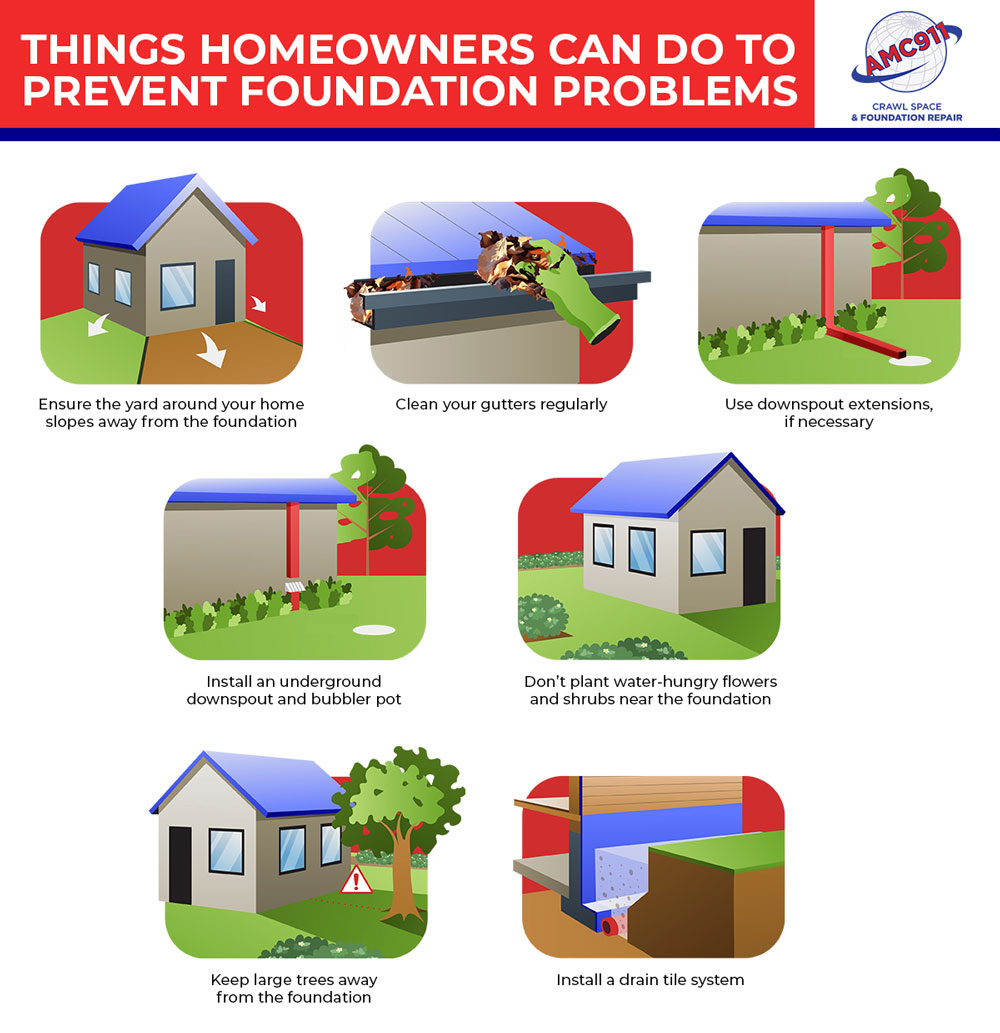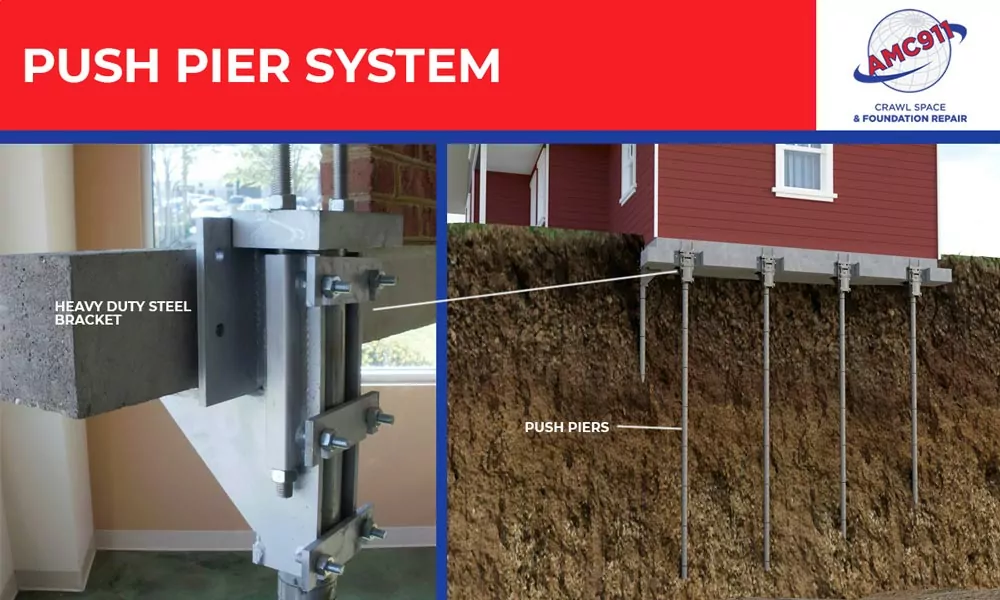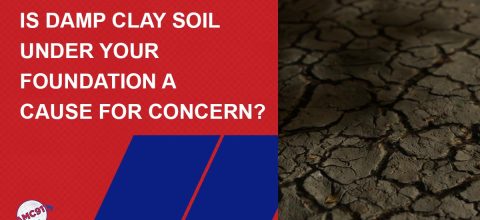This blog post is specifically crafted for homeowners looking to understand the implications of damp clay soil under their foundations, and what steps can be taken to ensure the stability and longevity of their home’s structural integrity. Whether you’re facing minor concerns or grappling with more severe symptoms of structural weakness, understanding the role of clay soil in the health of your foundation is crucial. Join us as we sift through the dirt to uncover strategies and solutions for safeguarding your abode against the unpredictable nature of the ground it rests upon.
Clay Soil and Foundation Damage

Soils aren’t all alike. Soil with a lot of sand in it is prone to erosion, while clay-rich soil expands as it soaks up water and then shrinks as it releases moisture and dries out. This expansion can put pressure on foundation walls. The same is true of any damp clay soil under the foundation slab. Eventually, expansive clay soil can lead to cracking and foundation failure.
Another possible problem is when the swelling and shrinking of expansive soil creates movement under the foundation leading to an issue known as differential settlement. As the foundation settles into the ground unevenly, it puts pressure on the home’s frame, which may cause the following signs to appear.
Signs of Foundation Issues
If you have damp clay soil under the foundation, it’s essential to be on the lookout for problems, which may be subtle at first. If you see any of the following, you might have a foundation issue:
Sticking Windows and Doors: It is common for homeowners with foundation problems to notice that their windows and doors are sticking. This happens because differential settlement throws everything out of plumb.
Uneven Floors: You may not visually notice a problem with an uneven floor, but you may feel it as you walk across the room. Many homeowners report feeling like they are stumbling or have vertigo as they walk across a sloping floor.

Wall and Ceiling Cracks: Cracks may begin to appear in the drywall on the walls and ceilings. These cracks may originate near the windows and doors or extend from one surface to another. Larger cracks or cracks that continue to expand are a clear sign that problems exist.
Chimney Problems: Carefully monitor the chimney for any problems, such as leaning, cracking, or separating. The problem may be related to the chimney’s foundation or the house’s foundation.
Preventative Measures When You Have Damp Clay Soil
The good news is, some things can be done to prevent issues with damp clay soil. Essentially, they involve doing what you can to ensure the ground around the foundation remains dry. Here are some things that will help with that:
Drain Tile System: A drain tile system is an excellent way to keep excessive moisture from building up in the clay soil under the foundation. It involves the installation of a buried, perforated drainage pipe that collects excess groundwater and diverts it to a sump pit. As the water reaches a specified level in the sump pit, it is pumped out of the pit and away from the foundation using a sump pump.
Landscaping: It is vital to keep the slope of the soil in mind when inspecting the area around the home. Groundwater should naturally drain away from the house. If it drains toward the home, this can cause the buildup of moisture in the soil. Trees near the home or any bushes planted near the foundation walls can also lead to problems.

Downspout Extensions: Water runs off the roof, into the gutters, and down the downspouts. In many homes, the water is then emptied near the foundation. Too much water near the foundation walls can be problematic, especially if you have clay soil. Installing downspout extensions can alleviate this issue. They take the water from the downspout and channel it to an area away from the foundation where it can naturally drain away.
Clean Gutters Regularly: You don’t want water spilling over the gutters, running down the side of your home, and soaking into the soil around the foundation.
Can Foundation Problems Be Fixed?
Yes, most foundation problems can be fixed. Rarely, does a foundation need to be replaced.
Underpinning is the most common repair option for foundations experiencing differential settlement. It involves driving push or helical piers into the ground until they reach load-bearing soil. This stabilizes the foundation and prevents further settlement. If your foundation walls are bowed or cracked, carbon fiber straps might be used to stabilize and strengthen them.

AMC911 provides the repair options you need to fix any foundation problem. We also offer solutions to help prevent issues from occurring with the foundation when expansive clay soil is in the area.
Schedule a Foundation Inspection
The first step in repairing any foundation problem is a foundation inspection. The inspection will determine if there are any significant issues and what can be done to correct them.
If you’re concerned about your home’s foundation, contact AMC911 today to schedule a foundation evaluation and receive a repair estimate.















